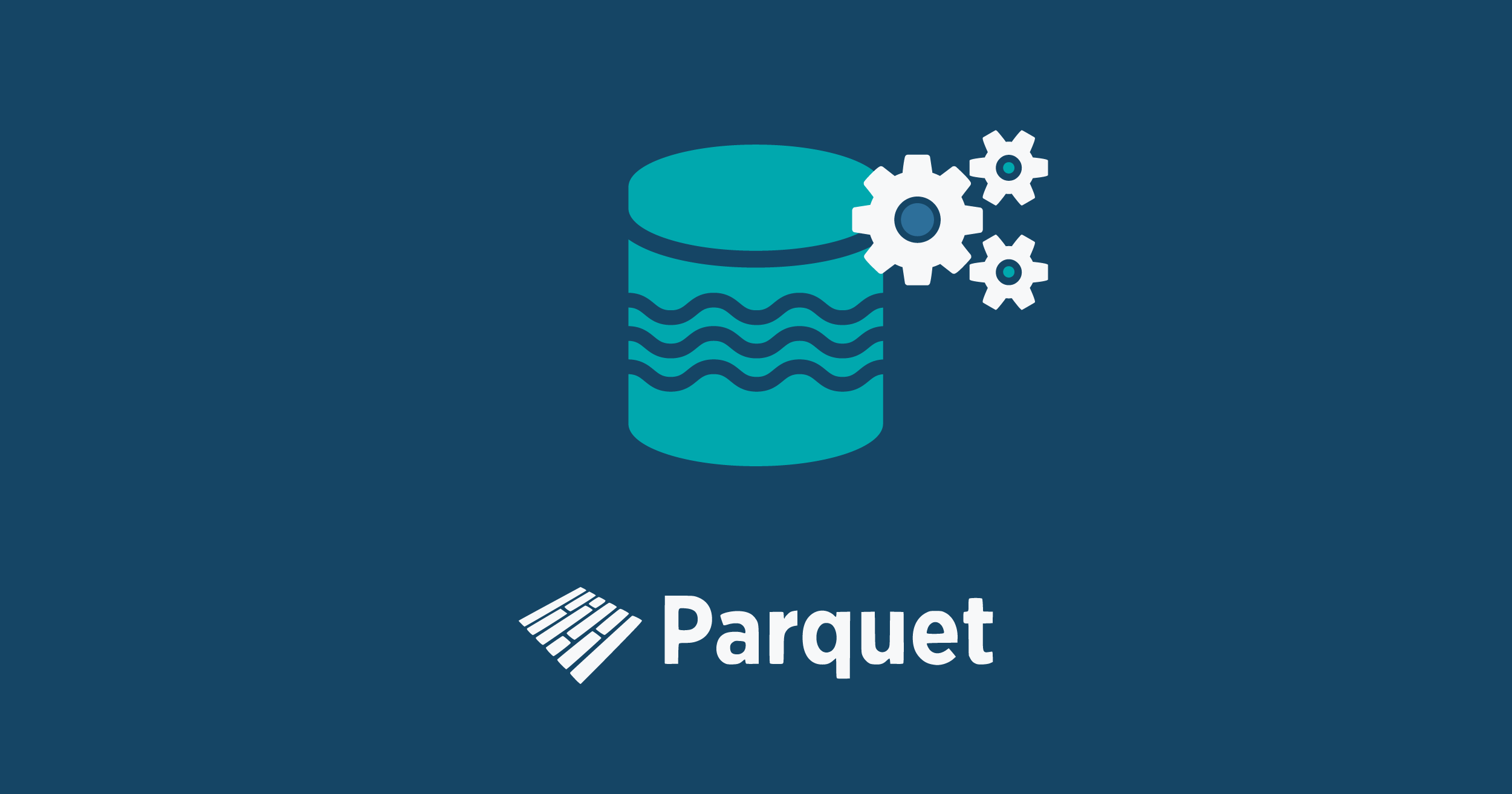
In the realm of data engineering, choosing the right file format can significantly impact performance, scalability, and efficiency. One format that stands out is the Parquet file format. Known for its columnar storage, Parquet is gaining popularity across various data engineering scenarios. Let’s explore its top use cases in detail.
What are Parquet Files?
Parquet files are an open-source, columnar storage format designed to optimize data processing and storage efficiency. By organizing data column-wise instead of row-wise, Parquet enhances both data retrieval speeds and storage costs. This makes it particularly suited for analytics workloads.
Use Case 1: Big Data Analytics
Parquet files shine in big data ecosystems. Tools like Apache Spark and Hadoop leverage Parquet’s efficient columnar storage for processing large volumes of data. This capability allows for faster query execution and reduced resource usage.
For example, when running complex analytical queries, using Parquet can lead to performance improvements by allowing the system to read only the necessary columns, drastically reducing I/O operations.

Use Case 2: Data Lakes
In the age of data lakes, where various data types coexist, Parquet files offer an ideal solution. Their ability to handle structured and semi-structured data makes them a versatile choice for scalable data storage.
Data lakes often ingest vast amounts of data from diverse sources, and Parquet’s efficiency in both storage and access speeds ensures that organizations can derive insights quickly.

Use Case 3: ETL Processes
Parquet files simplify the Extract, Transform, Load (ETL) process. By allowing easy data manipulation and transformation, they integrate seamlessly with popular ETL tools. For instance, data pipelines can extract data from various sources, transform it into a required format, and load it as Parquet files for optimal performance during analysis.
import pandas as pd
from fastparquet import write
# Load data
df = pd.read_csv('data.csv')
# Transform and save as Parquet
write('data.parquet', df)Use Case 4: Machine Learning
For data scientists, Parquet files are invaluable for machine learning workflows. They allow for efficient storage and quick access to training datasets, helping accelerate the model training process. By storing datasets in Parquet, data scientists can reduce data loading times significantly.

Use Case 5: Data Warehousing
In data warehousing environments, Parquet is favored for its ability to optimize storage and query performance. Services like Amazon Redshift and Google BigQuery benefit from Parquet’s efficient data handling capabilities. For instance, Redshift can query Parquet files directly from S3, allowing for seamless integration and analysis without needing to load the data into the warehouse first.
Use Case 6: Real-Time Data Processing
Parquet files are also suitable for real-time data processing scenarios. As organizations increasingly rely on real-time analytics, Parquet's efficient storage allows for faster ingestion and retrieval of data, essential for timely decision-making.
Conclusion
In summary, Parquet files offer significant advantages across various data engineering use cases. Their efficiency in data storage and retrieval makes them a preferred choice for modern data workflows. Whether for big data analytics, machine learning, or data lakes, Parquet files help organizations maximize their data potential.
To explore tools and resources related to Parquet files, visit ParquetReader.in.